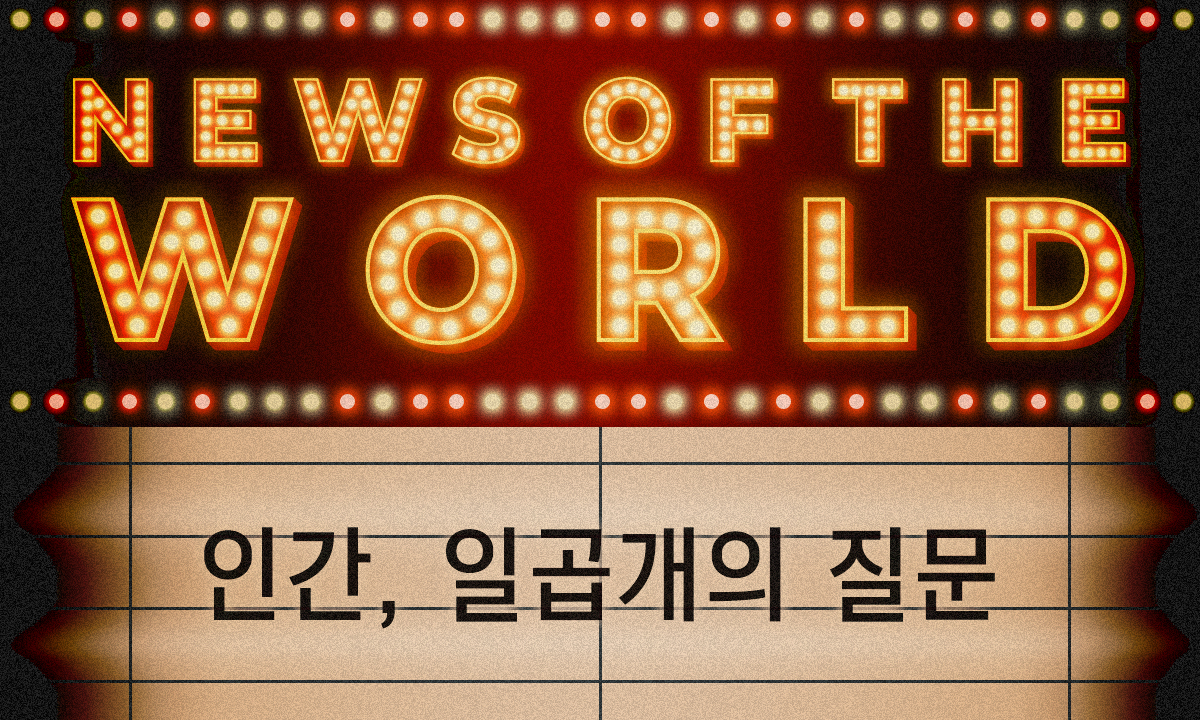
Leeum Museum of Art (“LEEUM”) made a lot of headlines this year for its Lee Kun-hee collection. After 19-months of COVID-19-induced hiatus, the museum reopened on October 8 with its first special exhibition in four years entitled “Human, 7 Questions” Designed by the trio of globally renowned architects Mario Botta, Jean Nouvel, and Rem Koolhaas, LEEUM has established itself as Korea’s largest private art museum, with its vast collection ranging from ancient to contemporary works. Featuring some 130 artworks by more than 50 artists, this special exhibition aims to reexamine the meaning of human existence in the rapidly changing 21st century and amid the ongoing pandemic while also seeking to provide an outlook on the future of humanity. In this regard, by asking seven major questions on the grave subject of what it means to be a human being, the exhibition will give visitors an opportunity to contemplate people and their relationships with one another as well as other beings that constitute this age.
Part one “Reflection” that departs from the question “Is it possible to define human beings?” delves into thoughts on people today. Demonstrated by our imperfections and relationships with others, our mortality leads us to reflect on human history and ponder over the direction we should be heading in for a life shared with others in the upcoming world. Perhaps, the reason why Ron Mueck’s “Mask II” is featured in the exhibition’s introduction video and commonly appears in visitor photos is because his work reminds us of the depths of our lives in a tangible way.
The following parts two and three, “Staging” and “Distortion” are dedicated to discourse on the body, a subject of major importance in contemporary fine art. The human body, which directly communicates with our lives and the world around us, has become a core means of expression in the 21st century. In part two “Staging”, artistic movements bring the repressed elements within usto the surface. On the other hand, part three “Distortion” sheds light on the irrational shadow of the world we experience. Here, the images of war, violence, and death are presented in the form of mutations, raising our awareness of human imperfections.
If this is where we find ourselves now, in what direction should we proceed? The attempt to find the answer can be discovered in parts four and five “Equivalence” and “Fragility”. These sections deal with the problems of hatred, bigotry, and discrimination - increasingly urgent issues of common concern - and our longing for equality, with art as an avenue for resisting these toxic forces and transcending them through respect for diversity. In this way, the exhibition insists we can overcome the current reality of our quarantine and isolation from one another and restore our relationships. However, the perspective of this exhibition is not confined to the realm of human relationships.
Part six and seven “Avidness” and “Cohabitation” allow visitors to think about what constitutes a future-oriented attitude toward life. Although we are in an age where technological advances continue to transcend our limitations, this has, in turn, made us face the shifting meaning of human existence amidst a reality in which humans are being replaced by artificial entities. At the same time, we are being called on to tackle the tasks of our age, that is, exploring ways to coexist with diverse beings in this world. An attempt to create a new ecosystem that enables shared existence among diverse beings is likely in line with the philosophical thinking of the leading intellectuals of our time, including Jean-Luc Nancy, who advocated a new community that transcends themes within exhibition venues, and Bruno Latour, who proposed methodologies for the entire spectrum of social relationships.
In this respect, this exhibition defies the concept of art as an anthropocentric pursuit; it reexamines what it means to be human, eschews the dichotomous thinking of the past, and occupies us with art that aspires to an age of horizontal relationships. The exhibition thus invites visitors to ruminate on a new world where human beings no longer live as if they are the only species on the planet, a world defined by new relationships where all beings dream of a shared future.
-
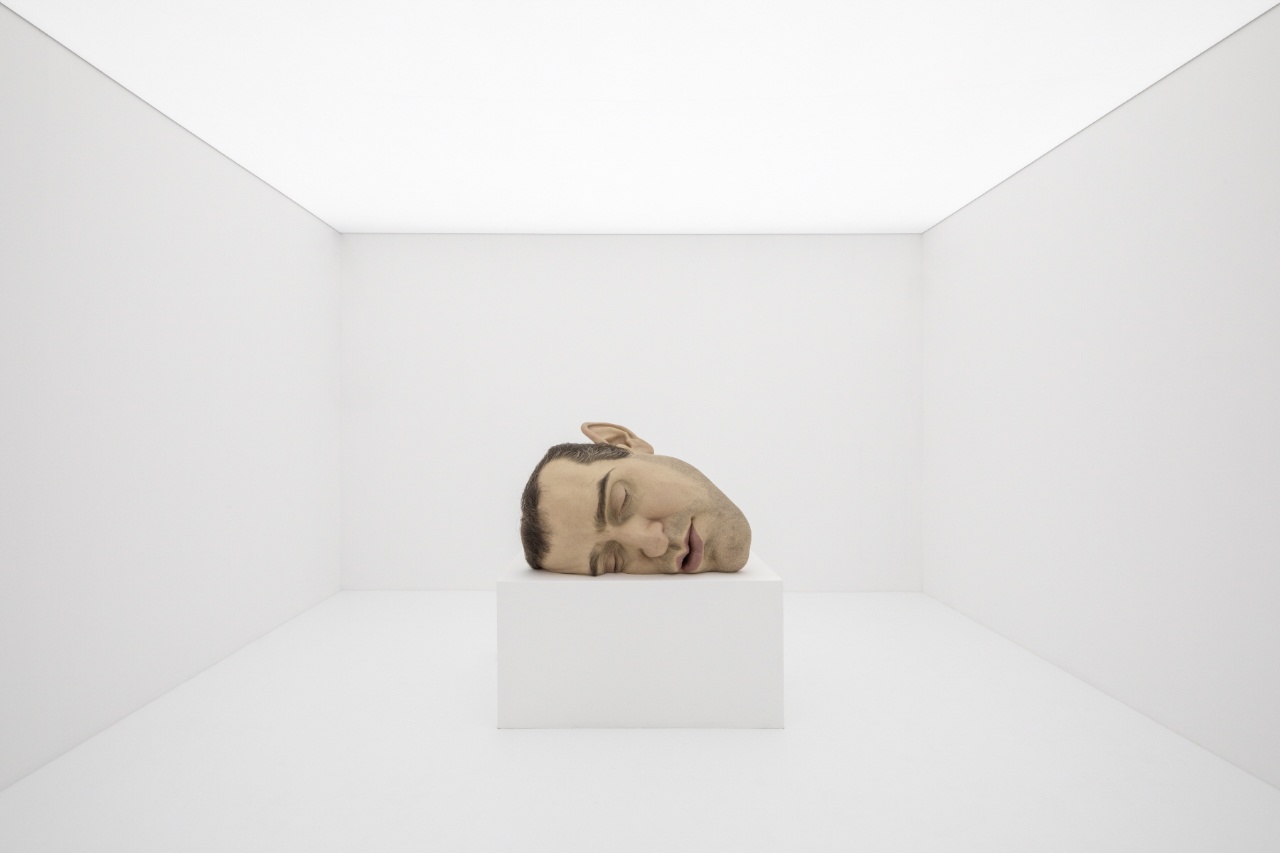 ©️ Leeum Museum of Art
©️ Leeum Museum of Art
TRIVIA
Ron Mueck
Ron Mueck is a hyperrealist artist from Australia. His works explore the underlying truths of human life and death through elaborate depictions of the human body. His juxtaposition of hyper-real sculptures on an abnormal scale encourages us to take a new look at our lives from an objective point of view that resembles discovering unfamiliar images of ourselves in the mirror.
Unauthorized reproduction and distribution prohibited.
- [NoW] A party for Andy Warhol2021.04.09
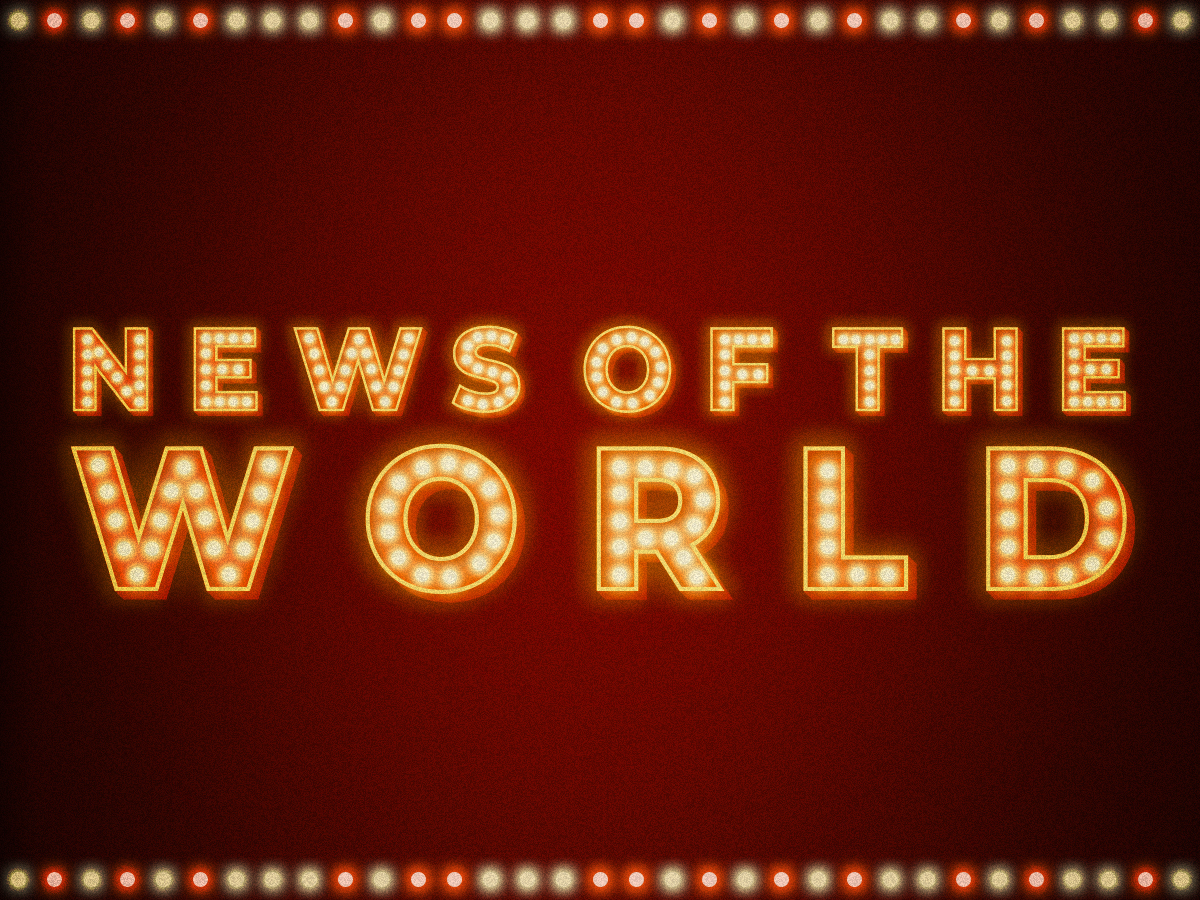
- [NoW] Lee Bul : Beginning2021.05.07
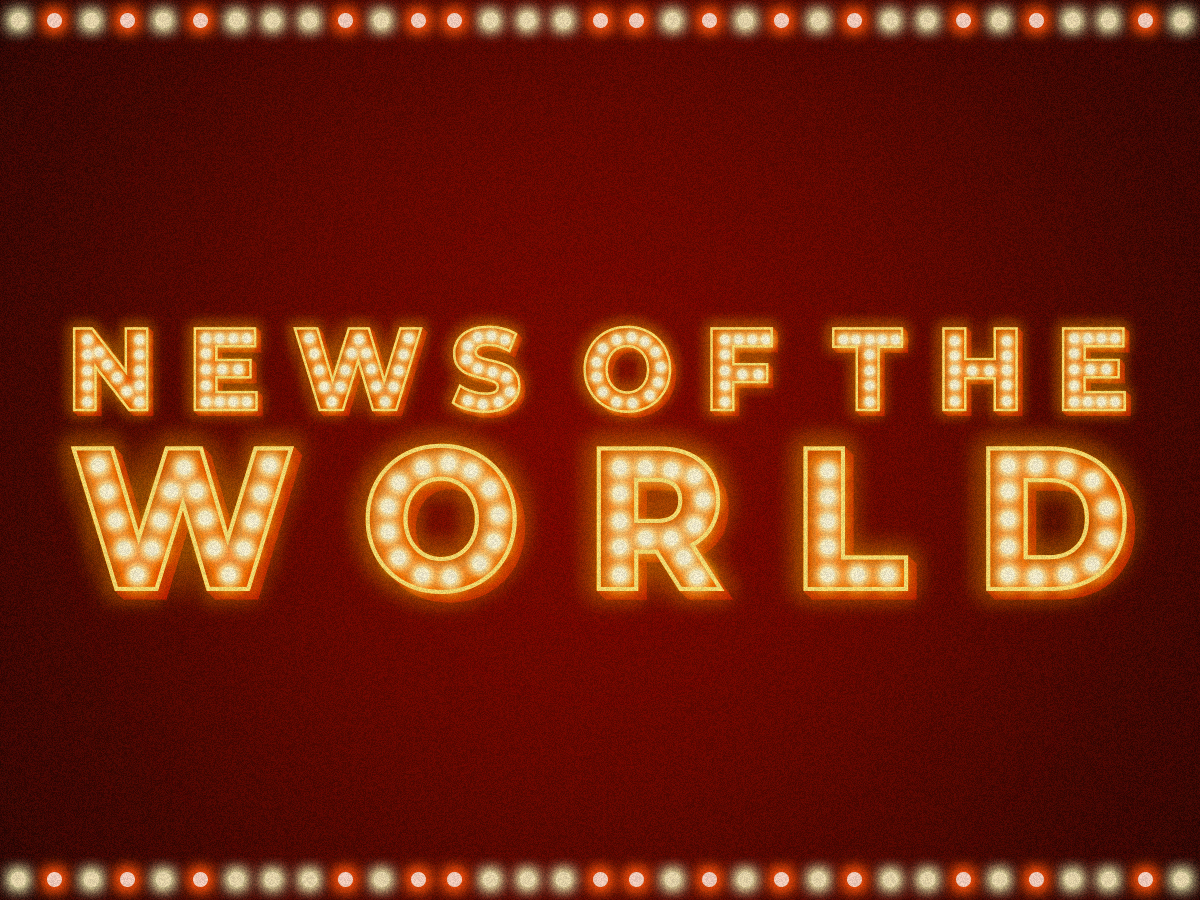
- [NoW] Picasso’s Eternal Passion2021.06.04
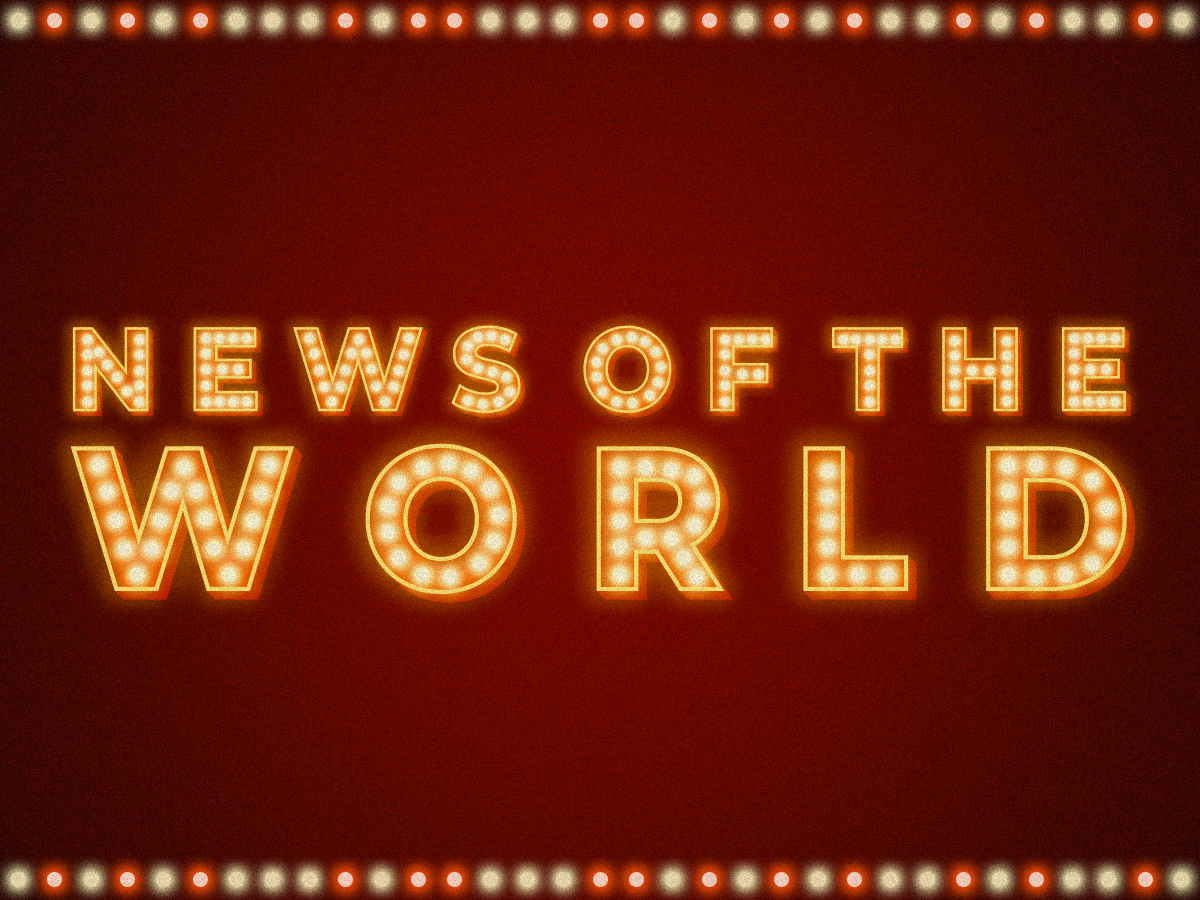
- [NoW] Richter’s colors and lights2021.07.02
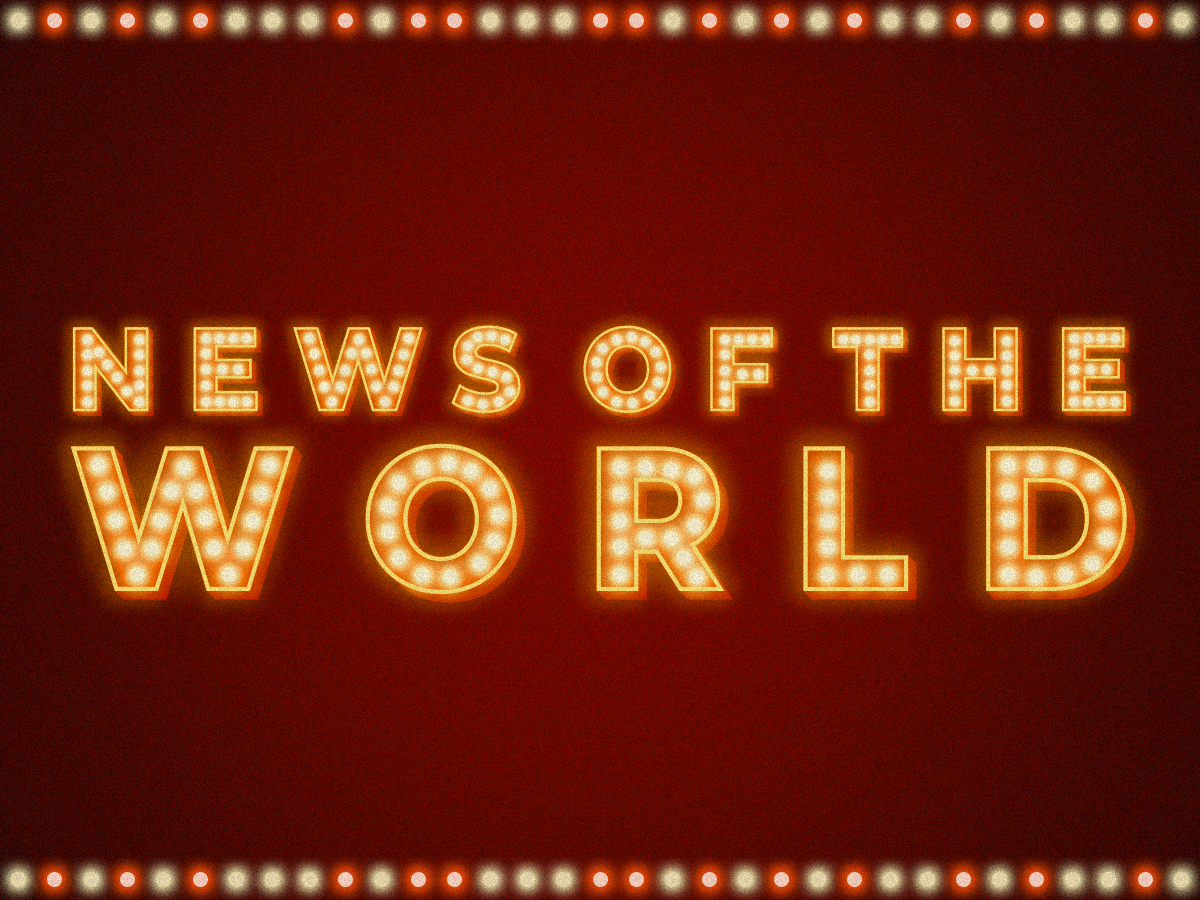
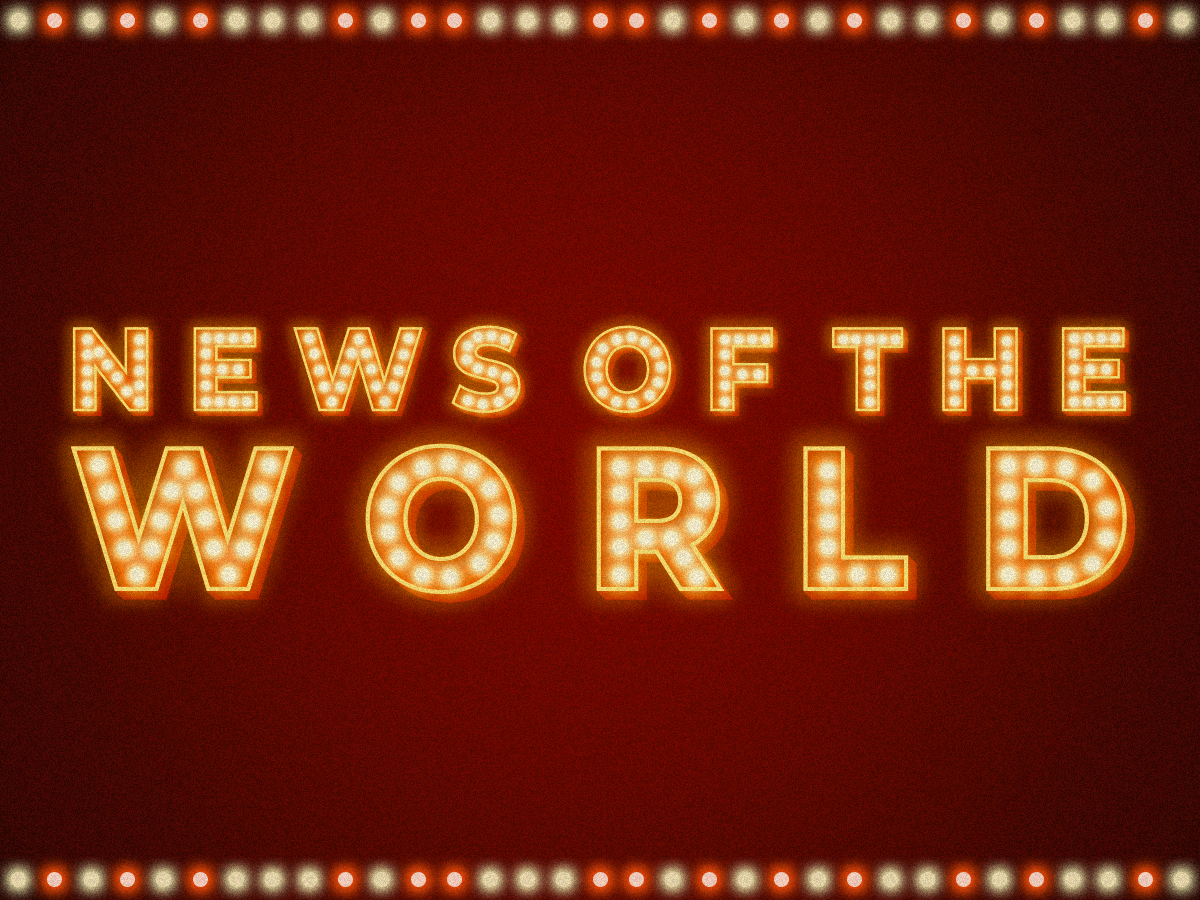
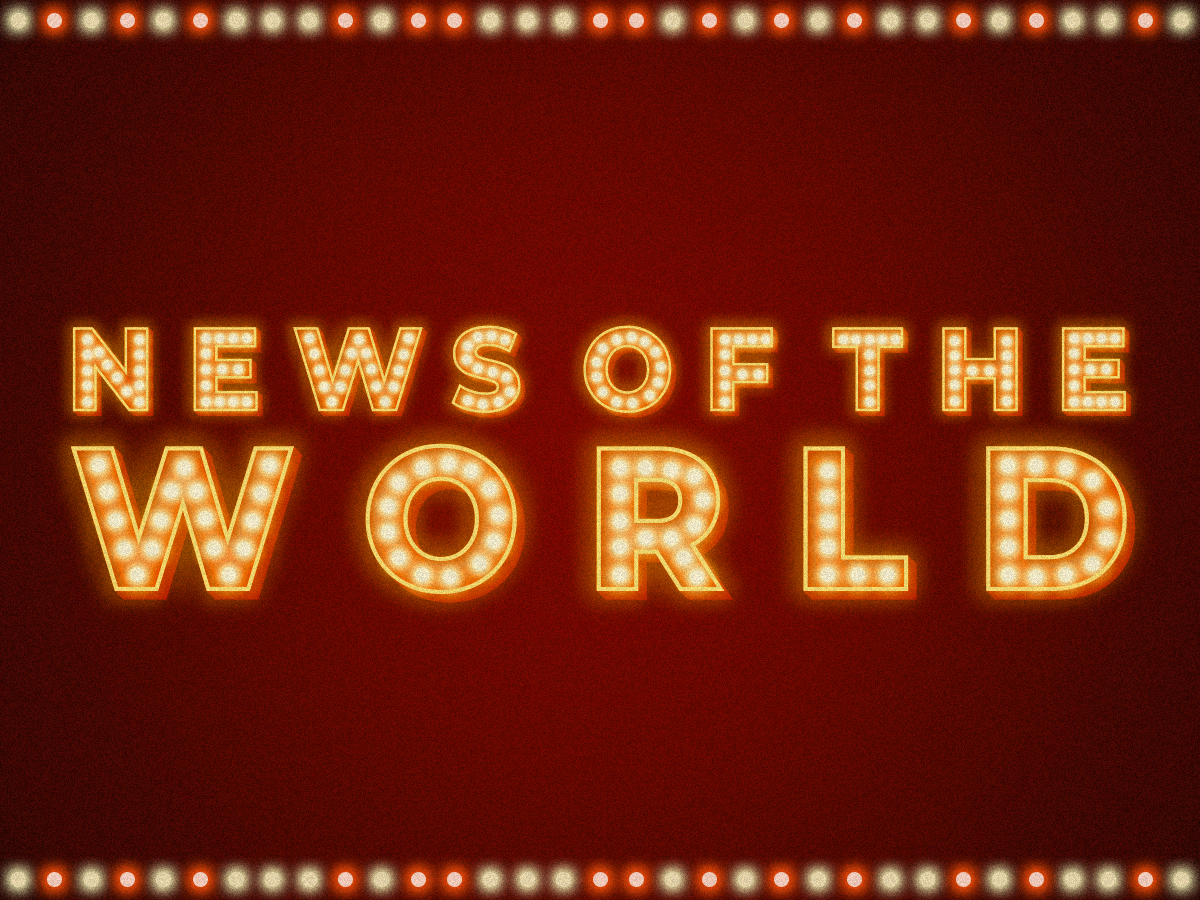
- [NoW] Alice Dalton Brown2021.09.24

